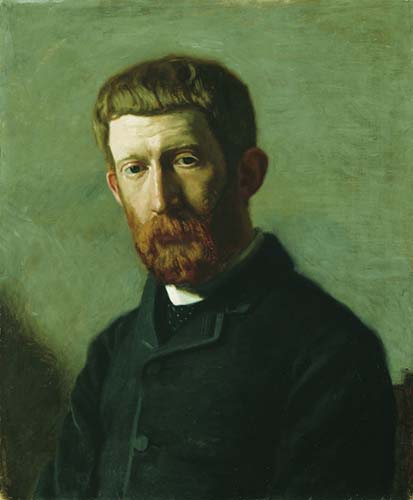ARTHUR BURDETT FROST
American, 1851-1928 A famous illustrator and sporting artist, Arthur B. Frost is perhaps best known for his illustrations for the Uncle Remus tales by Joel Chandler Harris, as well as for naturalistic hunting and shooting prints. Many consider him to be the best illustrator of rural America.
A famous illustrator and sporting artist, Arthur B. Frost is perhaps best known for his illustrations for the Uncle Remus tales by Joel Chandler Harris, as well as for naturalistic hunting and shooting prints. Many consider him to be the best illustrator of rural America.
An ardent sportsman himself, many of Frosts favorite subjects were hunting, fishing, and golfing. Often his golfing subjects tended towards humor. His scenes capture the drama of the sport – a hunter poised to shoot and a dog on point – with elements often integrated into a richly detailed woodland or marsh setting.
Frost chronicled aspects of America’s cultural life for over five decades. From the late 19th to the early 20th centuries, his art appeared in the many books and publications of the time, including Harper’s Weekly, Scribner’s, and Life magazines.
Frost’s illustrations always evoked the essence of a setting and its mood, whether depicting the hilarious escapades of the family cat or farm dog, or the serene pastoral lifestyle of the native northeast. His sound draftsmanship was combined with an intimate knowledge of nature. Frosts details in his pictures were very specific, as though drawn on the spot, and done in a very convincing manner. In the preface and dedication by Harris of his book Uncle Remus, Harris wrote of Frost “you have conveyed into their quaint antics the illumination of your own inimitable humor, which is as true to our sun and soil as it is to the spirit and essence of the matter. The book was mine, but now you have made it yours, both sap and pith”. Other well known examples of Frosts illustrations are Brer Fox and Brer Rabbit from The Tar Baby.
Frost was known to have spent time in the art colony of Rockport, on the Eastern Shore of Cape Ann, Massachusetts, where he is said to have gone because of painter Gilbert Tucker Margeson.
He also summered at the noted Shinnecock Hills Summer School of Art, which William Merritt Chase set up a few miles west of Southampton, New York. Shinnecock Hills became the best known of all the out-of-doors summer art schools that developed in America during the late nineteenth century, and attracted hundreds of aspiring young men and women, including Frost, Rockwell Kent, Lydia Field Emmet, and many others.
Frost was red-green color blind, but it was not a great handicap since the majority of his work was reproduced in black and white. He managed to work successfully in color by reading the labels on the tubes and placing the colors in the proper order on his palette.
